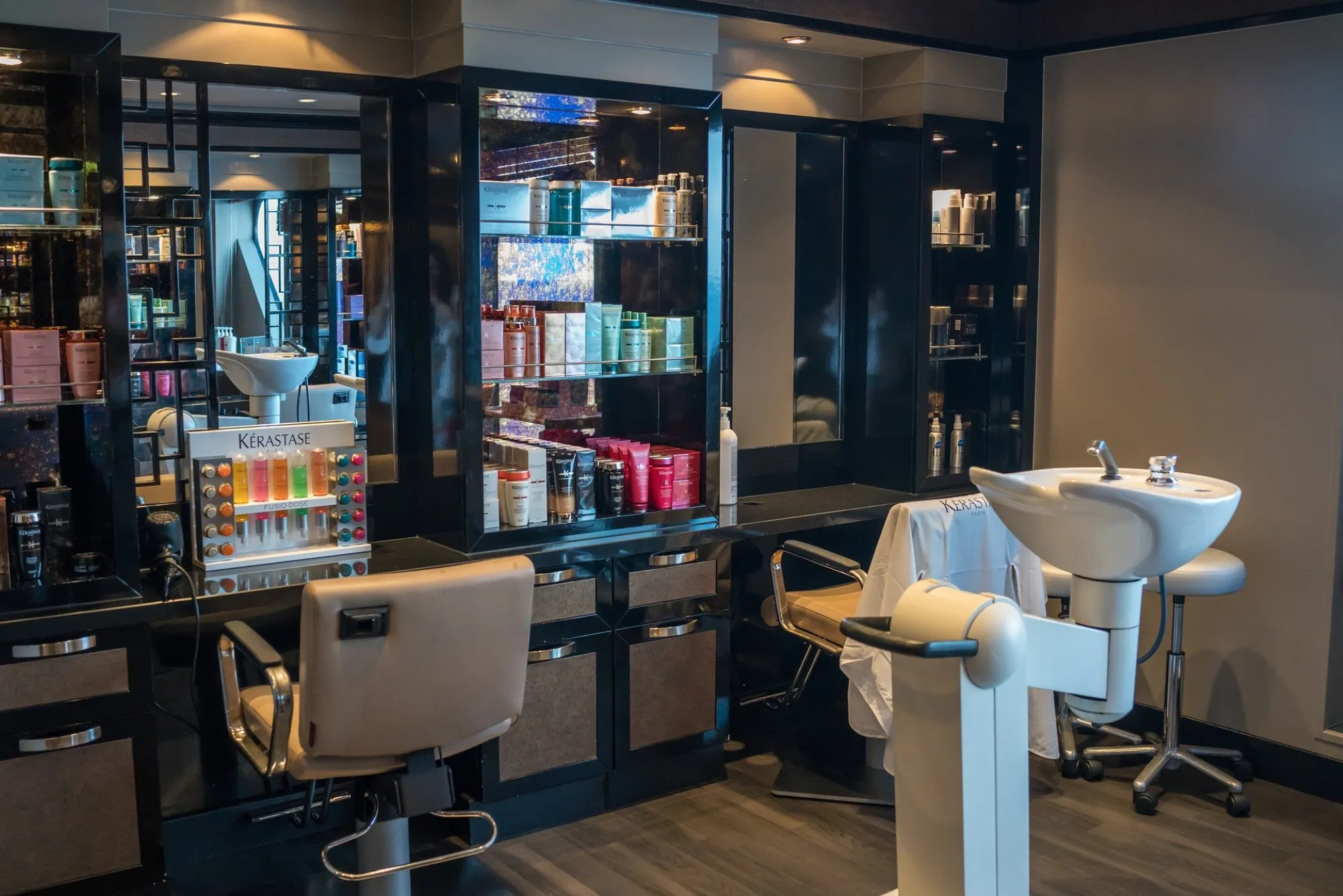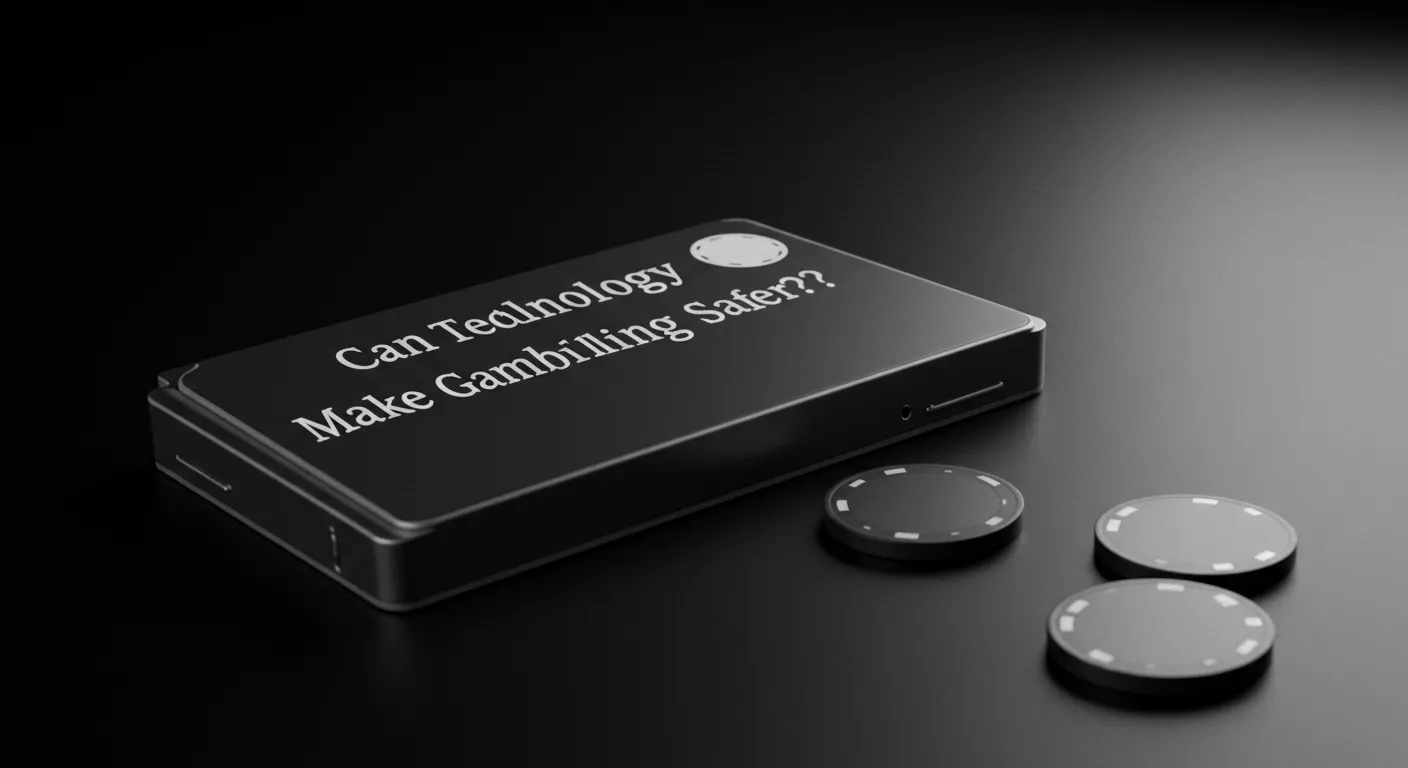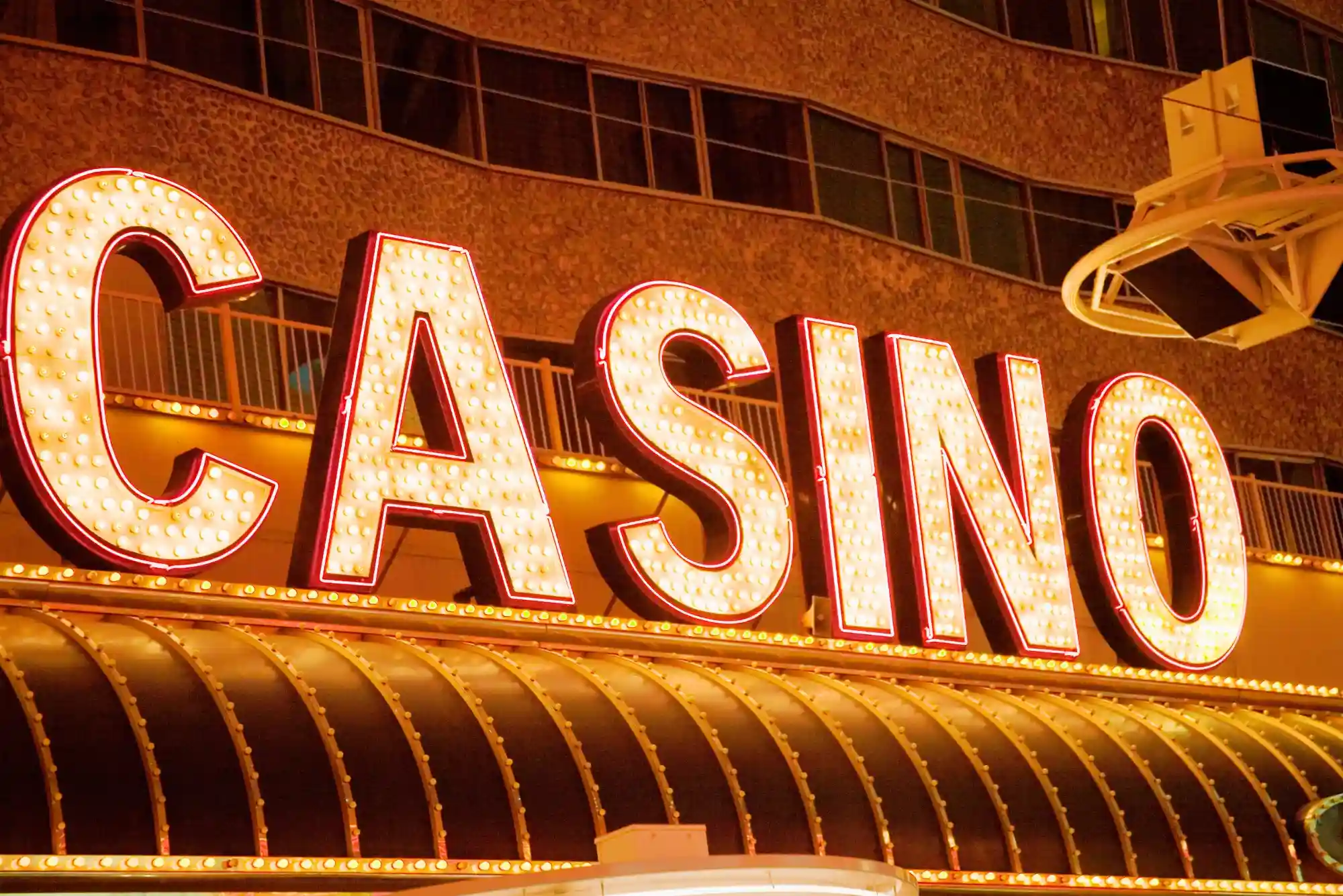Participating in poker tournaments can be exhilarating, from the buzz of community cards flipping to the strategic dance of bets and raises. Yet lurking behind those felt tables is a vital mechanism that keeps casinos in business: the rake. As someone who’s both competed in regional tournaments and consulted for poker rooms, I’ve often been asked how exactly casinos determine their slice of the pot. In this article, I’ll break down the mechanics of tournament rake, share practical insights for players, and touch on related tools—such as how modern betting apps influence the tournament ecosystem.
When you register for a poker tournament, you’re actually paying two separate fees: the buy-in, which goes into the prize pool, and the entry fee, which constitutes the rake. Unlike cash games—where rake is taken from each pot—the tournament rake is collected up front, simplifying both accounting and player experience. Understanding this structure can help you assess whether you’re getting fair value when choosing between tournaments.
What Is Rake and Why Do Casinos Charge It?
Rake is essentially the fee that a casino or poker room charges for hosting a game. It covers overhead—staff salaries, venue costs, licensing fees, software development, and more. Without rake, poker rooms couldn’t afford to operate. The key difference between cash-game rake and tournament rake lies in timing and transparency: in tournaments, you know exactly how much you’re contributing to the house before you even sit down.
Components of Tournament Fees
Every tournament advertises a format like “£100 + £10,” meaning £100 goes to the prize pool and £10 is the rake. Sometimes you’ll see “£110 Total”—just another way of bundling those components for simplicity. The rake percentage can range widely, often between 5% and 20% of the total buy-in, depending on the stakes, format, and whether the event is online or live.
How Casinos Determine Rake Percentages
Deciding on the right rake percentage is a balancing act for casinos. Charge too much, and you drive recreational players away; charge too little, and you struggle to cover costs. Several factors influence rake decisions:
-
Buy-in Size: Low-stakes tournaments typically have higher rake percentages—sometimes up to 20%—to ensure profitability despite small prize pools. High-stakes events often drop to 5–8% to attract serious players.
-
Event Prestige: Major series like the World Series of Poker can demand higher entries because of branding, live streaming, and additional spectacle.
-
Local Market Dynamics: Casinos adjust rake based on competition. If neighboring rooms or online operators offer lower fees, venues risk losing players.
-
Operational Costs: A live casino with luxurious amenities and live commentary might justify a slightly higher rake than a bare-bones online client.
Practical Example: Calculating Rake in a Tournament
Imagine a mid-stakes tournament advertised as “£200 + £20.” That £20 is the rake, equating to a 10% fee. If 100 players enter, the casino collects £2,000 in rake, while the prize pool swells to £20,000. From the casino’s perspective, covering dealer wages, floor staff, and facility costs with £2,000 makes the event viable.
In contrast, an online tournament at “£20 + £2” with 1,000 players yields £2,000 in rake but a £20,000 prize pool. Because digital platforms incur lower overhead, they can often operate profitably at rake percentages similar to, or lower than, live venues.
Why Transparency Matters to Players
For seasoned players, rake transparency impacts ROI calculations. A tournament with a 15% rake might look cheaper on paper if the buy-in is low, but the high rake can erode potential profits. Conversely, a 5% rake at a higher buy-in might be more favorable. One savvy tool I’ve encountered—especially useful when deciding between various promotions and online offerings—is the array of modern tournament trackers and betting apps that aggregate fee structures and software features, giving players a quick comparison.
Adjustments and Cap Structures
Some poker rooms implement rake caps—a maximum amount taken regardless of buy-in size. For example, a £500 + £25 + £5 tournament might include a £5 cap on rake/bookkeeping fees. Caps prevent rake from ballooning in high-stakes events, attracting wealthier gamblers without sacrificing the casino’s share.
Another method is tiered rake structures, where the first X entries carry a lower rake percentage, and subsequent entries see a slight increase. This encourages early registration while still ensuring total rake targets.
Rake in Progressive and Satellite Tournaments
Progressive knockout tournaments, where players earn bounties for each opponent they eliminate, add complexity to rake calculations. Here, a portion of the entry fee funds the bounty pool, and the remainder goes to prize pool and rake. Casinos must balance bounty contributions against rake to maintain an appealing bounty size without overcharging.
Satellite tournaments—where winners earn seats in larger events—often feature a lower rake percentage to entice players seeking a cost-effective path to big buy-ins. The appeal of satellites lies in subsidized entry fees paired with the opportunity for massive returns.
Tips for Tournament Players
Understanding rake mechanics can shape your tournament strategy:
-
Compare rake percentages across events, not just buy-in amounts.
-
Factor in entry fee caps when choosing high-stakes tournaments.
-
Use tournament tracker tools and dedicated betting apps to quickly assess which events offer the best value relative to rake.
-
Consider satellites for a lower-rake way into major tournaments, especially if you excel in fields with modest buy-ins.
Conclusion
Rake is the lifeblood of poker rooms, enabling casinos to host tournaments while covering their expenses. By dissecting fee structures—whether simple flat fees, capped rakes, or complex bounty splits—players gain clarity on actual costs and can make informed decisions. Next time you register for a tournament, remember that the headline buy-in is only half the story. A transparent understanding of rake ensures you maximize your edge and choose events that align with both your budget and competitive goals









